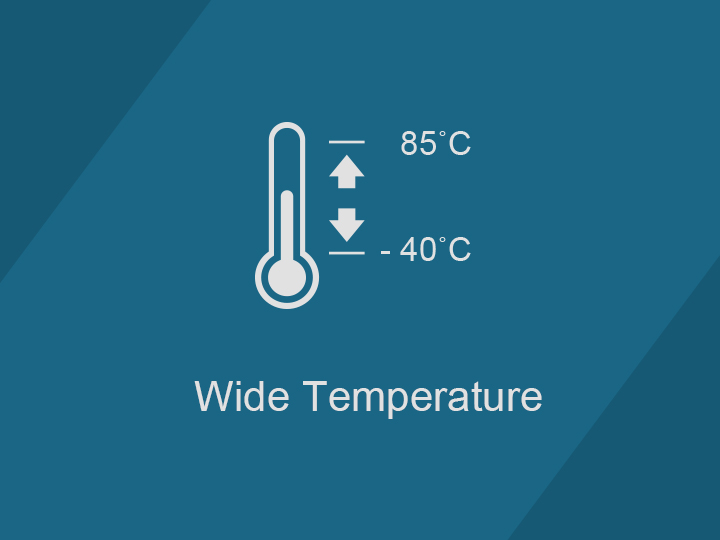 Australia
Australia Bangladesh
Bangladesh Cambodia
Cambodia China
China HongKong
HongKong India
India Indonesia
Indonesia Japan
Japan Korea
Korea Malaysia
Malaysia Mongolia
Mongolia Myanmar
Myanmar Nepal
Nepal New Zealand
New Zealand Pakistan
Pakistan Philippines
Philippines Singapore
Singapore SriLanka
SriLanka Taiwan
Taiwan Thailand
Thailand Vietnam
Vietnam Austria
Austria Belarus
Belarus Belgium
Belgium Bosnia
Bosnia Bulgaria
Bulgaria Croatia
Croatia Cyprus
Cyprus Czech Republic
Czech Republic Denmark
Denmark Estonia
Estonia Finland
Finland France
France Germany
Germany Greece
Greece Hungary
Hungary Iceland
Iceland Ireland
Ireland Italy
Italy Kazakhstan
Kazakhstan Kosovo
Kosovo Latvia
Latvia Lithuania
Lithuania Macedonia
Macedonia Malta
Malta Netherlands
Netherlands Norway
Norway Poland
Poland Portugal
Portugal Romania
Romania Serbia
Serbia Slovakia
Slovakia Slovenia
Slovenia Spain
Spain Sweden
Sweden Switzerland
Switzerland Turkey
Turkey Ukraine
Ukraine United Kingdom
United Kingdom
We lead the way in creating high-performance products that stand up to extreme temperatures. Thanks to our Special Temperature Sorting technology, we've built a custom die bank database that's perfect for various brands and types of NAND chips. Our top-tier industrial solutions, including our DRAM modules, work reliably in temperatures as cold as -40°C and as hot as 105°C. These products are crucial for critical sectors like industrial processing, logistics, and telecommunications. Plus, we put them through tough 3000 Power Cycle tests to make sure they last.
Our SSDs are equally impressive, withstanding a broader thermal scope from -20°C up to 75°C, eclipsing the usual 0°C to 70°C parameters. This is achieved through meticulous cross-temperature testing, stretching from -45°C to 90°C, which ensures NAND data integrity across transitions and corrects errors with advanced ECC. Moreover, our DRAM solutions excel within an extreme range, bolstered by mass production 100% static temperature burn-in testing and 18-hour PCBA trials, ensuring operation from -40°C to 85°C.
By using high-quality, original components such as memory chips and controllers, and by applying a unique flash memory validation process, our products fight off oxidation, maintain signal quality, and handle frequent temperature changes without a hitch. We maintain our high standards by conducting thorough evaluations, making sure our memory modules provide our clients with reliable performance, data protection, and a longer lifespan.
Our commitment raises the bar, ensuring unparalleled product quality that leads to steady, trustworthy performance for our clients to tackle any challenge in any operational setting.
![]()